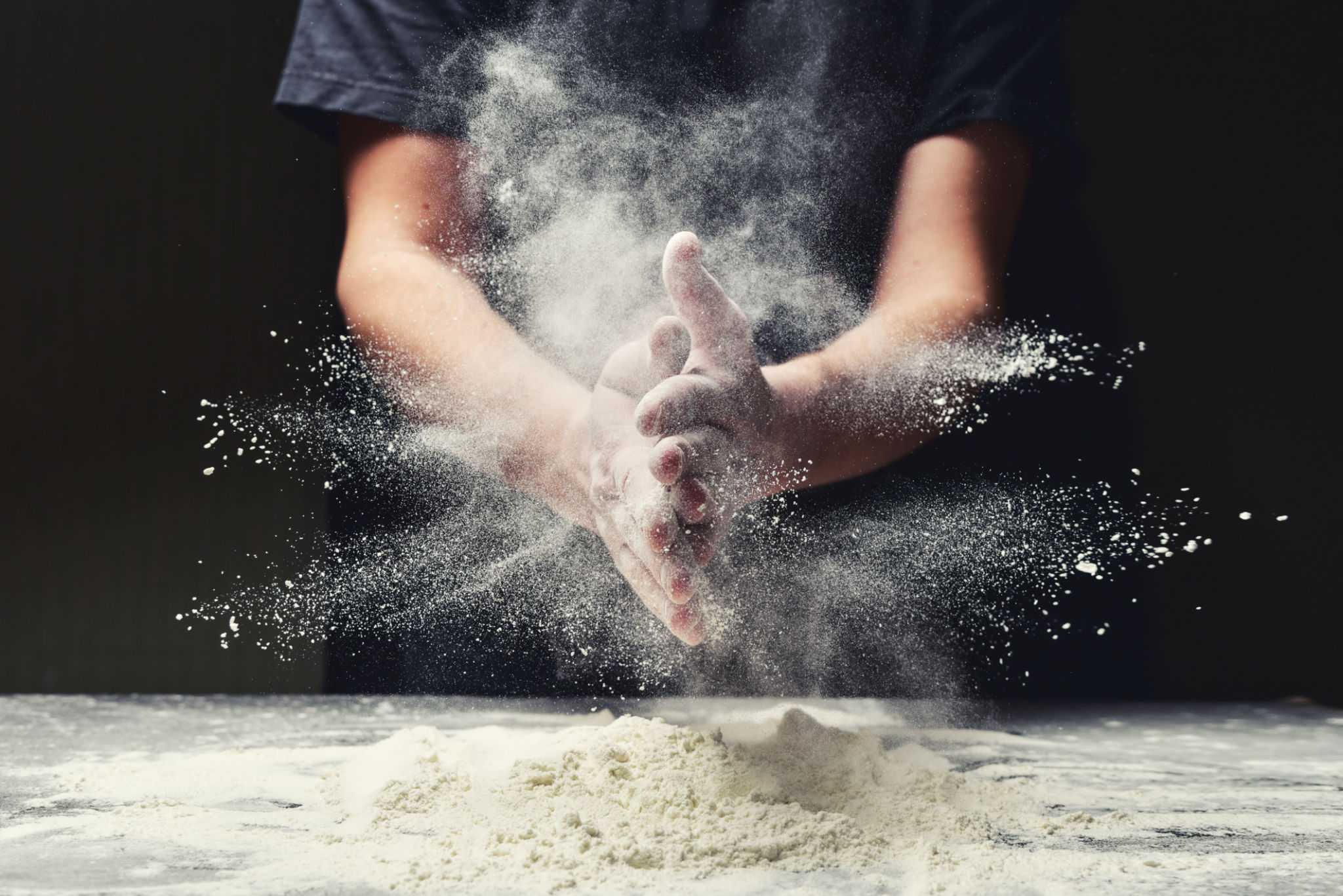Expert Answers to Common Kitchen Spray Painting Questions
Understanding Kitchen Spray Painting
Spray painting your kitchen cabinets or walls can completely transform the look and feel of your kitchen. Whether you want to refresh an outdated space or add a splash of color, spray painting is an efficient and cost-effective solution. However, many people have questions about the process, materials, and results. Here, we provide expert answers to some of the most common inquiries.

What Materials Do I Need for Kitchen Spray Painting?
Before you start your kitchen spray painting project, it's crucial to gather all the necessary materials. At a minimum, you will need:
- Spray Paint: Choose a high-quality paint suitable for the surface you are working on.
- Primer: A good primer can help the paint adhere better and last longer.
- Sandpaper: Use it to smooth out surfaces before painting.
- Masking Tape: Protect areas that you do not want to be painted.
- Drop Cloths: Keep your floors and countertops protected from paint splatter.
How Do I Prepare My Kitchen for Spray Painting?
Proper preparation is key to achieving a professional finish. Begin by cleaning all surfaces to remove grease and dirt. This ensures that the paint adheres properly. Next, sand the surfaces lightly to create a smooth base for the primer and paint. It's also important to remove any hardware from cabinets or walls that you don't want painted, such as knobs and hinges.

Once the surfaces are ready, apply masking tape to edges and areas that should remain unpainted. Cover countertops and floors with drop cloths to protect them from overspray. Adequate ventilation is also essential, so make sure windows are open and use fans to circulate air.
What Are the Best Techniques for Spray Painting?
When spray painting, consistency and technique are crucial for achieving an even coat. Hold the spray nozzle about 8-12 inches from the surface and use smooth, sweeping motions. Overlapping each pass slightly will help prevent streaks and uneven coverage. It’s often better to apply multiple light coats rather than one heavy coat to avoid drips and pooling.

Allow each coat to dry completely before applying the next. Be patient; rushing can lead to unsatisfactory results. Once you have applied all necessary coats and they have dried, reattach any hardware you removed earlier.
How Long Does Spray Paint Take to Dry?
The drying time for spray paint can vary depending on the type of paint used, the humidity, and the temperature in your kitchen. Generally, most spray paints are dry to the touch within 30 minutes, but it’s recommended to wait at least 24 hours before using the surfaces heavily. For best results, consult the manufacturer’s instructions on the paint can for specific drying times.
How Can I Maintain My Newly Painted Kitchen?
After investing time and effort into spray painting your kitchen, maintenance is essential to keep it looking fresh. Regularly clean surfaces with a gentle cleaner to prevent buildup of grease and grime. Avoid abrasive scrubbers that can scratch the paint. Touch up any chips or scratches promptly to maintain a cohesive appearance.
By following these expert tips and techniques, you can achieve a stunning transformation in your kitchen with spray paint. With a little patience and attention to detail, your kitchen can look professionally refreshed without breaking the bank.